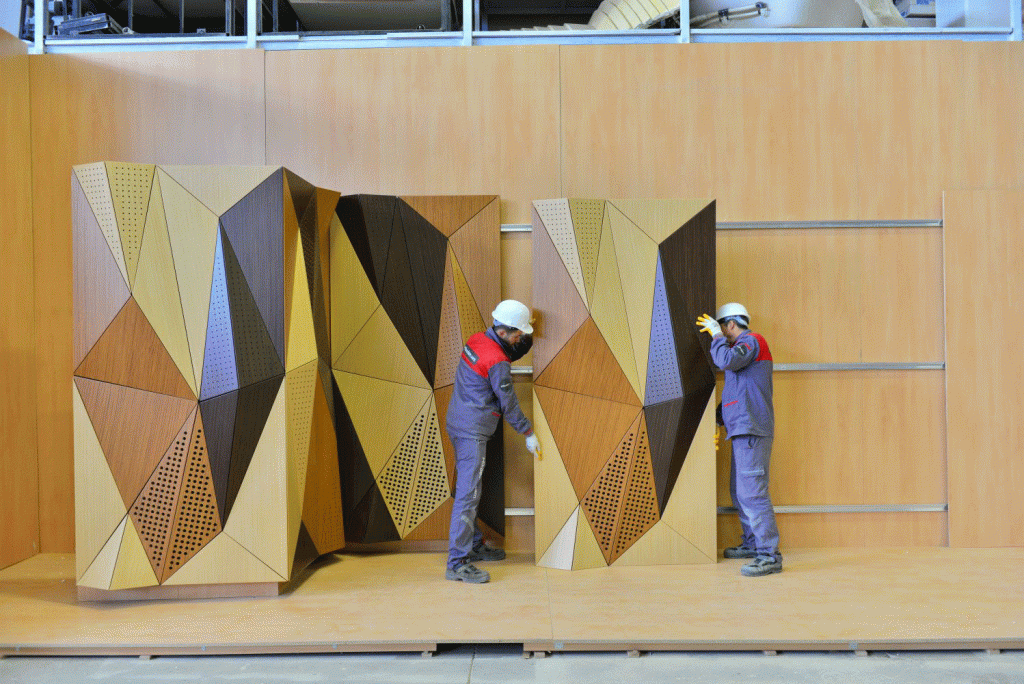These are special foams which are used to reduce noise levels, vibration, and echoes in a space, acoustic foam can be mounted to the walls, ceilings, doors, and other aspects of the space. Numerous acoustic foam materials have been dyed or treated with fire retardants. Acoustic foam’s goal is to alter or improve a room’s acoustics by absorbing and reducing residual sound. Acoustic foam panels must be strategically positioned on walls, ceilings, floors, and other surfaces to achieve this goal. A room’s resonance can be properly managed and its desirable auditory attributes can be enhanced with proper placement. acoustic foam goal is to alter or improve a room’s acoustics by absorbing and reducing residual sound. Acoustic foam panels must be strategically positioned on walls, ceilings, floors, and other surfaces to achieve this goal. A room’s resonance can be properly managed and its desirable auditory attributes can be enhanced with proper placement.
What can you do to make your house’s acoustics better?

It’s time to take action once you’ve verified that your room has acoustic issues. The type of room you’re working on will determine the best false ceiling acoustic panels to use, however there are a few quick remedies you may try: One of the most crucial elements of an acoustic room design is getting a lot of acoustic absorption. However, what precisely is absorption and how does it operate in a space? Sound waves in a space are either reflected or absorbed depending on the structure and materials that they encounter. On the other hand, soft, porous surfaces like fabric panels absorb them. Meeting spaces are frequently created without much attention, but a few simple improvements will help the participants hear each other more clearly, which will improve ideas, engagement, and collaboration.









